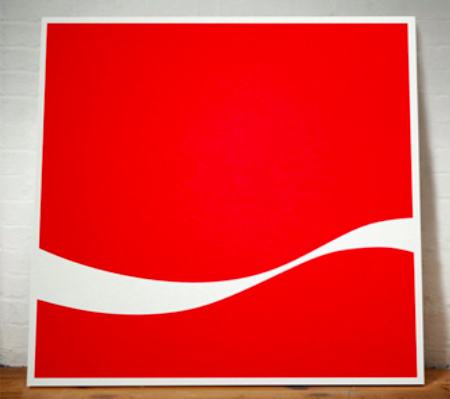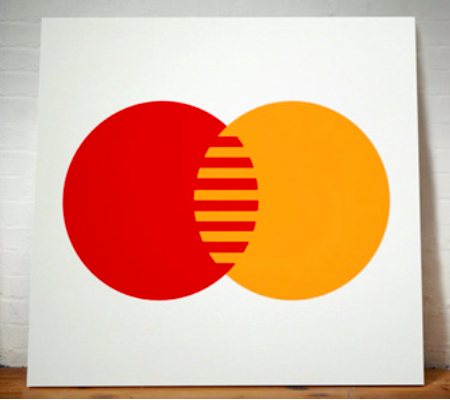Physical Address
304 North Cardinal St.
Dorchester Center, MA 02124

How and why does a logo work?
Is there any logo design science that can help us understand exactly what is going on?
We’re fascinated with the way a logo can trigger certain responses in the people who see them. To see what we mean, here are a few logos stripped of their brand names. If you have lived for more than a few days in western society, you can probably identify these logos and the products they represent without any trouble (or help):



You got them, right? But more than just recognizing which brands they represent, you also remembered certain things about them. Maybe positive, maybe negative. Two of them may have made you crave a drink. As you were looking at the nameless logos, you may even have recalled an ad, a song, or an experience that you had with each brand.
But how? Or rather, why?
Even logo design experts, who know a lot about creating design and marketing, don’t always understand the psychological effects that a design can have, and how their designs are actually perceived and interpreted by our brains.
Like our ability to quickly recognize new things in our environments, humans have evolved mental short-cuts related to the kinds of information we perceive around us.
In his book, Smart Thinking, scientist and author Art Markman writes about the different levels of information that we encounter in everyday life:
“Psychologists call simple visual information like the colors, shapes, and sizes of objects, low level information. And conceptual information, high-level information.”
The way we first perceive a logo design takes advantage of what Markman calls “bottom-up seeing” because our vision uses the low-level information we gather by seeing the world around us. Stuff like a red background and curving white stripe. Or a red star floating on a green background.
Imagine someone visiting Earth for the first time. They might see a red can with a curving white stripe, but have no clue what it is, what it is for, or anything else about it. They simply perceive a pattern they haven’t encountered before and are either curious or cautious (or possibly both) about this new thing.
That is the limit of low-level information.
But once we have become familiar with a particular color pattern or logo design and the products and brand attributes that it represents, we switch to what brain scientists call “top-down seeing” where what we see isn’t guided by shapes and colors, but rather thoughts, feelings, and experiences.
“Top down seeing plays an important role in the way we gather new information. From the moment we open our eyes, we are being guided in part by what we know already. As a result we are likely to gather new information in a way that is related to the way we think the world works.”
As we are exposed to logos again and again, we switch from seeing low-level information to interpreting them using conceptual information, because our vision and thoughts are guided by existing high-level knowledge to interpret the world.
It’s a conceptual process that humans have evolved to help them interpret the world around them and survive.
In the modern world, this has consequences beyond survival. Sometimes it makes us miss important information. Each time we find ourselves in a familiar place, part of our brain shuts down, looking only for new information, and missing things that we aren’t expecting.
In his book, Markman compares a baseball broadcaster who knows virtually everything about the game he is watching. He notices all sorts of subtle aspects of the game that a non-expert misses. Things like whether the infield is playing in or back, the speed of the pitch, or whether the pitch is high or low. What the broadcaster knows helps determine what he looks for and sees.
But the broadcaster doesn’t notice the kinds of things a young girl attending her first game might notice: things that are unimportant to the game, like the Cracker Jack salesman in the isle, or the color of the shirt the guy in front of her is wearing. She doesn’t have the top-down knowledge to know what she should be focusing on. She sees all kinds of things the broadcaster misses (and vice versa) even though they are at the same game.
The lesson here is that knowledge (or the lack of) can trap you into a certain way of seeing. And that is something a smart marketer or business owner can use to their advantage.
The first time a customer sees your logo design, they don’t know what to expect. The color and shape may communicate some basic information, but they don’t have any high-level knowledge about your brand. You can change this by making sure their experience is overwhelmingly positive. Same thing with the second time they see your logo. And the third.
By using a logo consistently as a part of a larger, positive brand experience, your customers will associate the low-level information of your logo (icon, shape, color) with the high-level information (great experience) of your brand and seek your product out.
That is part of how (and why) a logo works.
Photo Credit: The logos without names are from an art project that stripped names from iconic logos to reveal their basic forms (low-level information) by Dorothy.